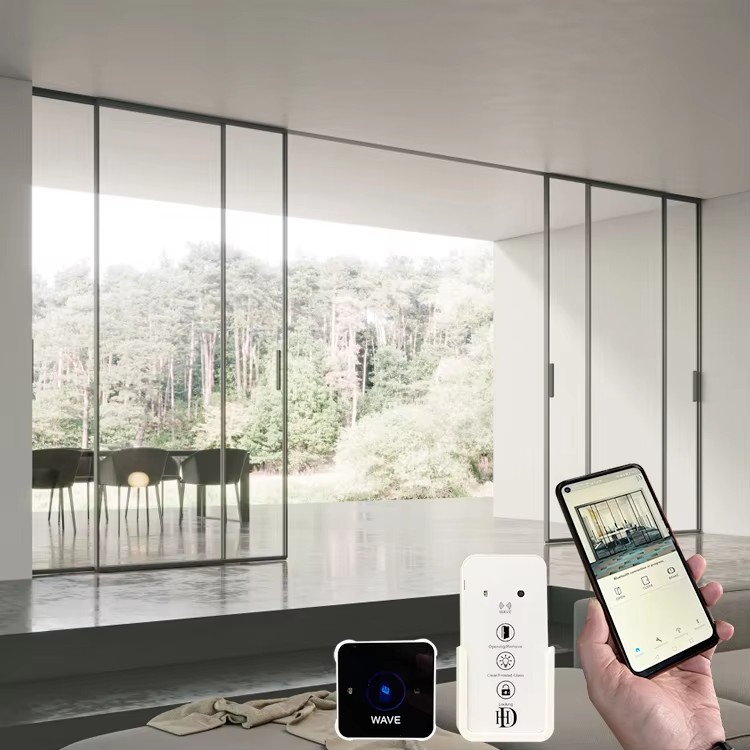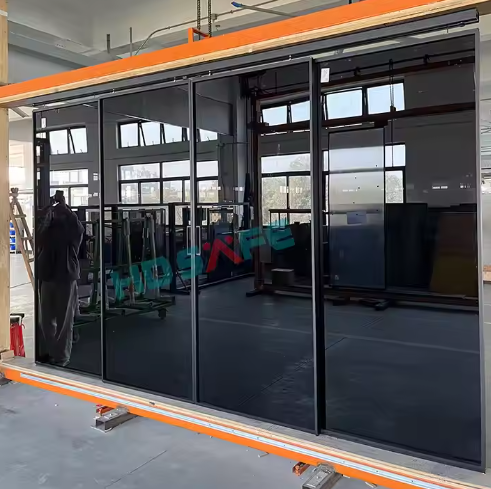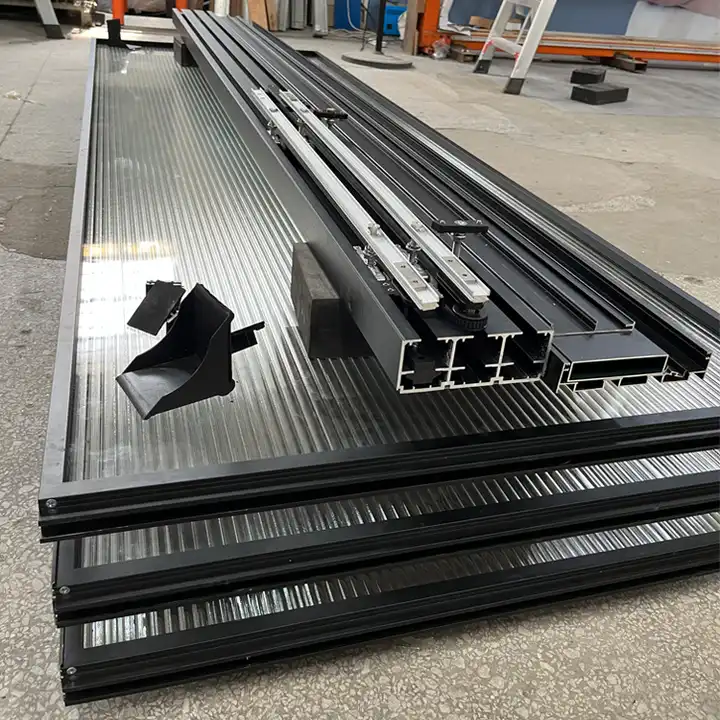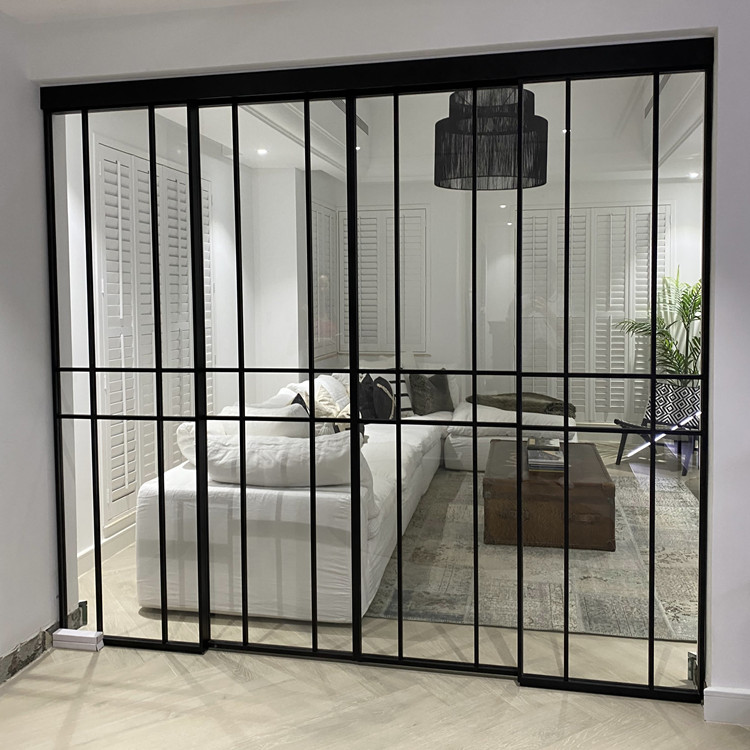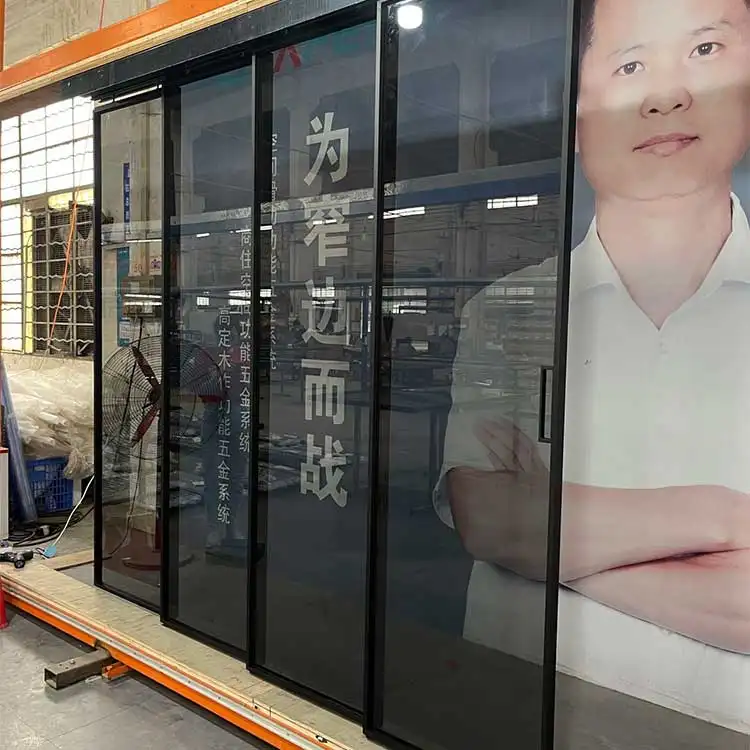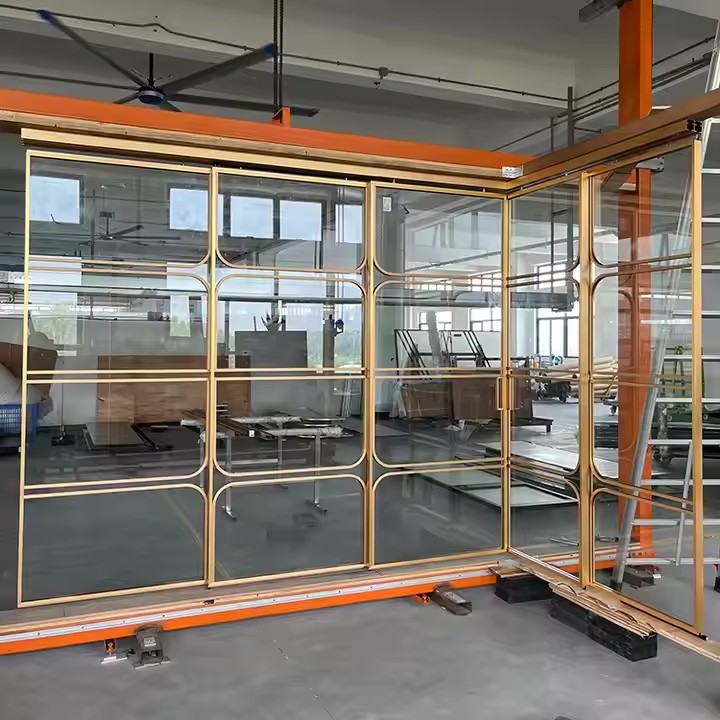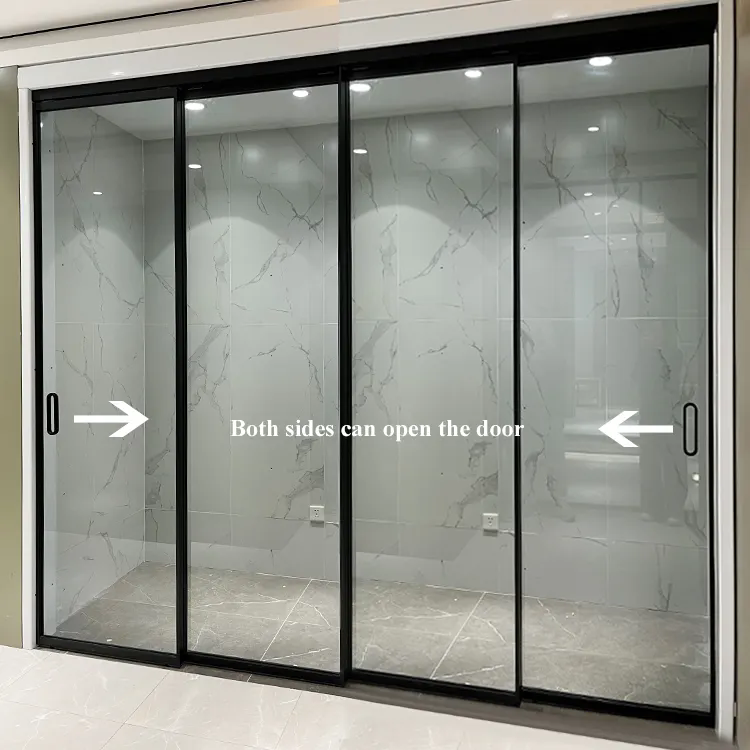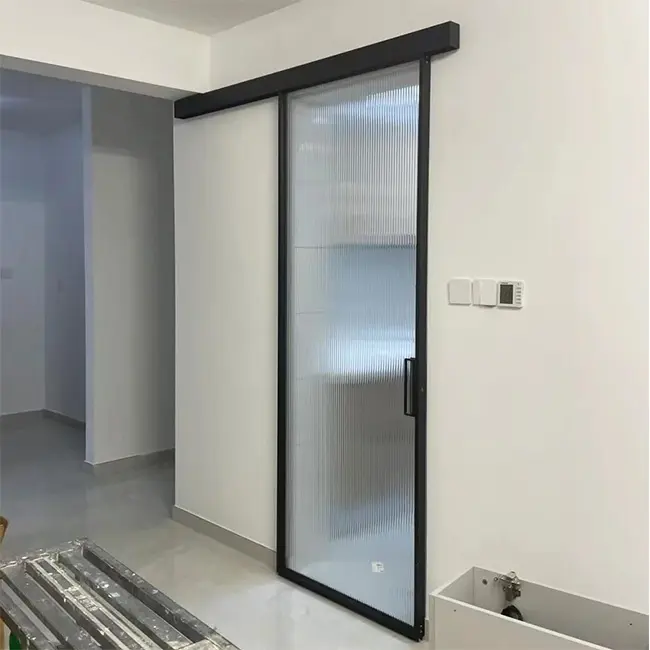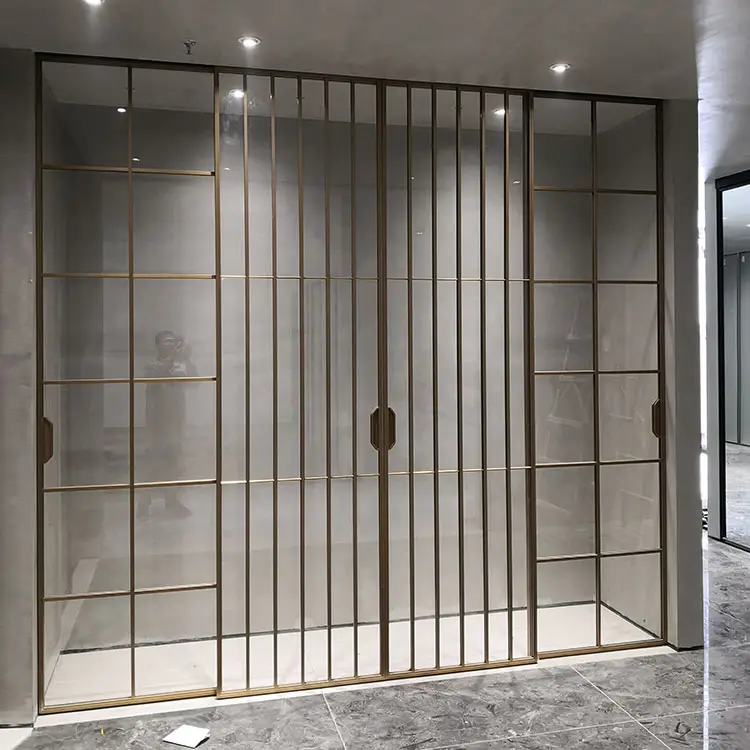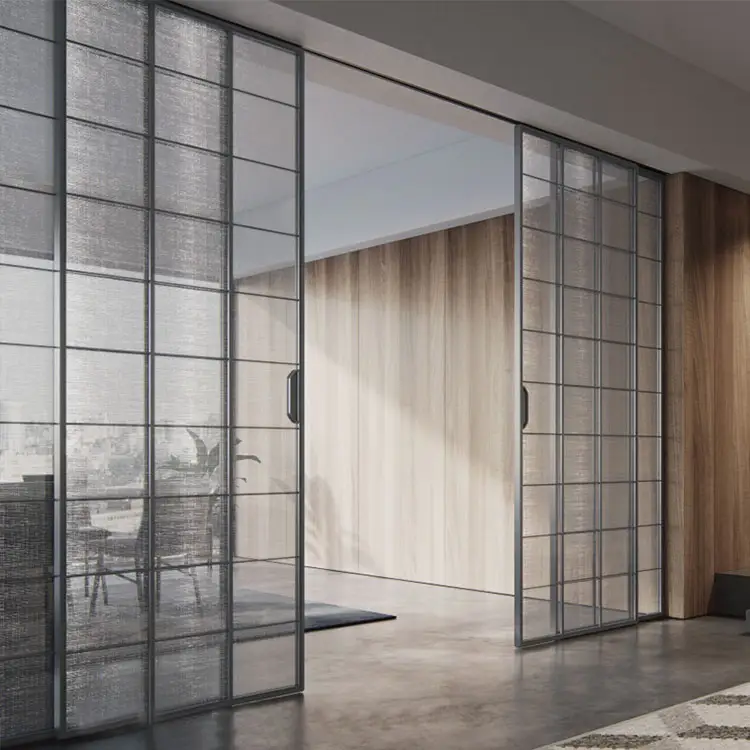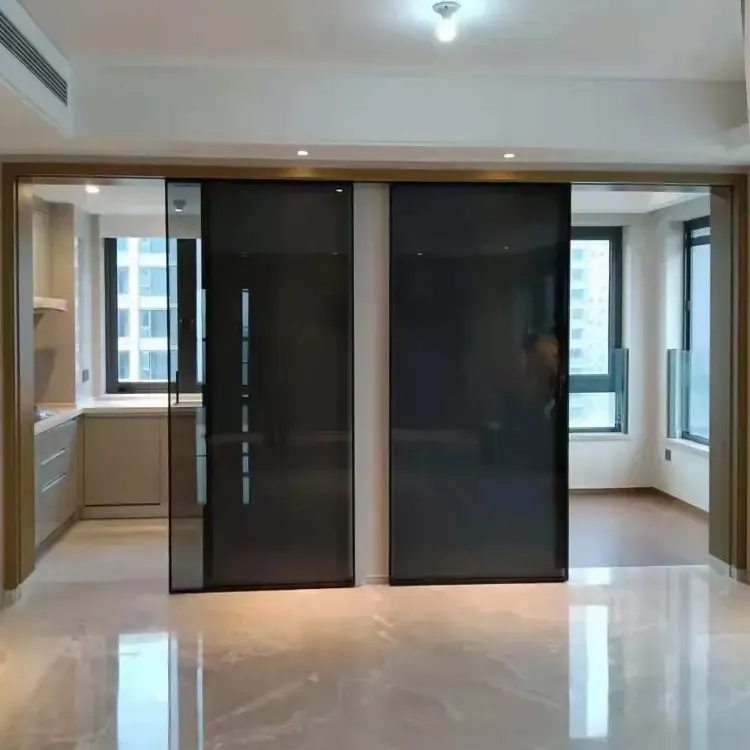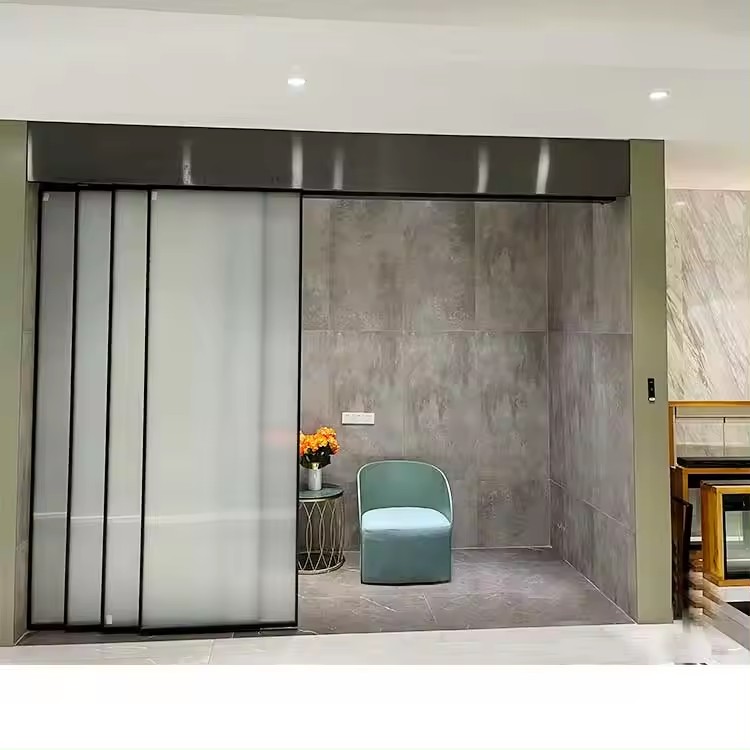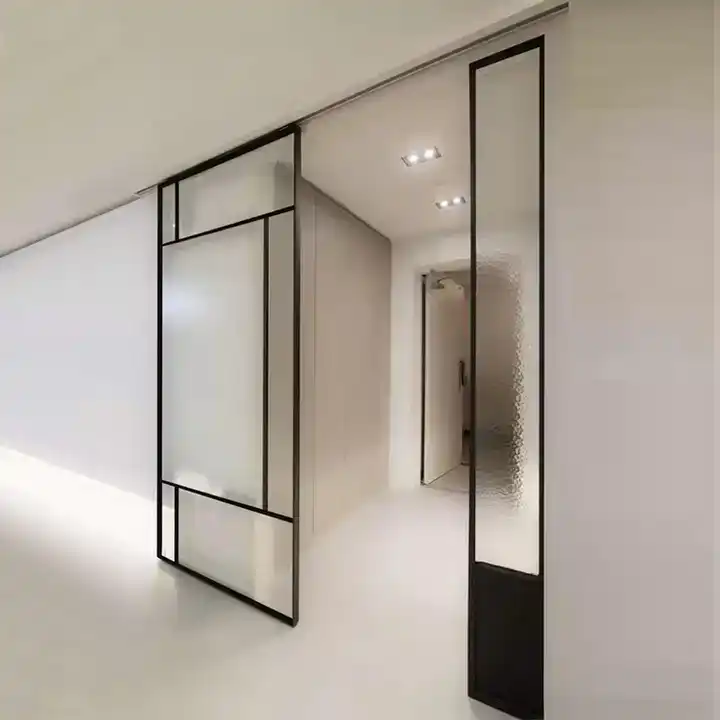The crystal clear glass handrail on the villa balcony is often used as a decorative handicraft and practical safety fence at home. The glass handrails on the balcony of the villa are made of colorful blown glass, which is as romantic as glass, making the house beautiful. The warm light at night reflects on the dreamlike glass, reflecting the dazzling light and shadow. The glass handrails of the villa balcony can present different aesthetic feelings, making the glass handrails of the villa balcony more distinctive.
The glass handrail of the villa balcony is a combination of pultruded glass fiber reinforced plastic as the structural profile and glass fiber reinforced plastic molded products. It is the most cost-effective fence. It has the advantages of light weight, high strength, durability, beautiful appearance, security, no maintenance, etc. The basic composition of the fiberglass fence: the frame structure is based on the fiberglass square tube or round tube, and the fiberglass grid plate is used as the main protective surface, and then various connectors are used to connect the parts together.
Features of glass handrails of villa balconies: Compared with metal handrails, glass handrails have the advantages of corrosion resistance, aging resistance and long service life. It is light in weight and high in strength. Even if it is limited by the self impact resistance, it will not be irreducible deformation or damage. There are various colors, including green, yellow, gray, etc. Because of the light weight, it is very convenient to install or cut. Comprehensive performance and high economic benefit.
Glass handrails of villa balconies are made of glass fiber reinforced plastics. The forming process is to extrude the continuous reinforcement materials impregnated with resin glue under the traction force and solidify them by heating in the mold and heating system. They have the following characteristics: corrosion resistance, no rust; Light weight and high strength; Fatigue resistance; Bright color; Anti aging, long service life; Excellent electrical insulation performance.
As we all know, glass guardrail is simple and beautiful, which is the most commonly used indoor guardrail style for property developers. But many times, people worry about the insufficient glass strength of glass guardrail. People understand that these balcony guardrails are also a force bearing component in addition to decorative effects. The balcony guardrail must play a protective role and be able to withstand external forces such as pushing, So what problems should we pay attention to when installing glass balcony railings?
First of all, the glass used in the glass barrier must have sufficient strength. Tempered glass or laminated glass shall be used for general balcony railing. When tempered glass is used, its thickness should not be less than 12mm. As the glass is a brittle material, the glass shall not directly contact with the rigid node. Elastic material cushion shall be provided between the two. When the design adopts embedded glass guardrail on both sides, there shall be a gap of more than 3mm on both sides of the glass extending into the notch of the column, and the gap shall be filled with sealant. The depth of glass embedded in the notch shall not be less than 12mm.
Secondly, the gap between the glass of the balcony glass guardrail or the intersection part with other materials is not enough. When the balcony guardrail replaces the column with glass, a gap of about 8mm should be left between the glass and the intersection part of glass and other materials, and the gap should be filled with sealant.
At the same time, attention should also be paid to the installation of accessories. The base of the balcony guardrail is the key part for fixing the guardrail. Generally, angle steel, steel plate and other processing and combination are used to form the fixed parts for fixing the glass. Both sides of the fastener shall be connected to the floor with expansion bolts or to the embedded parts with electric welding, and shall be fixed firmly without looseness. The bottom of the glass and the fixed part groove shall be padded with a rubber bearing block with a hardness of 80-90. The depth of the glass extending into the fastener shall be more than 100mm. A gap of 3-5 mm shall be left on both sides of the glass extending into the fastener (i.e., between the glass and the angle steel and steel plate). The neoprene plate shall be used as the gasket and the glass shall be clamped.





 Home
Home Oct 18,2022
Oct 18,2022 

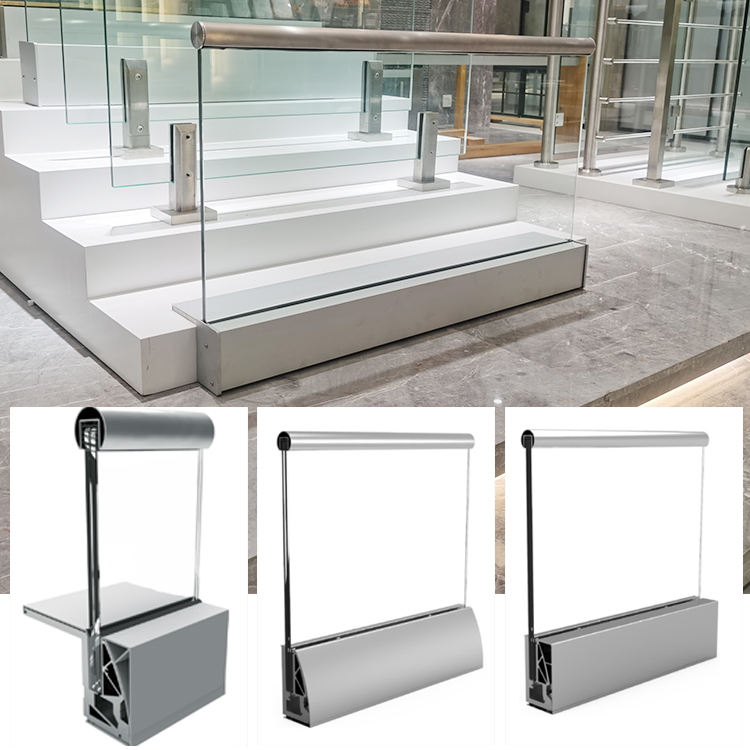
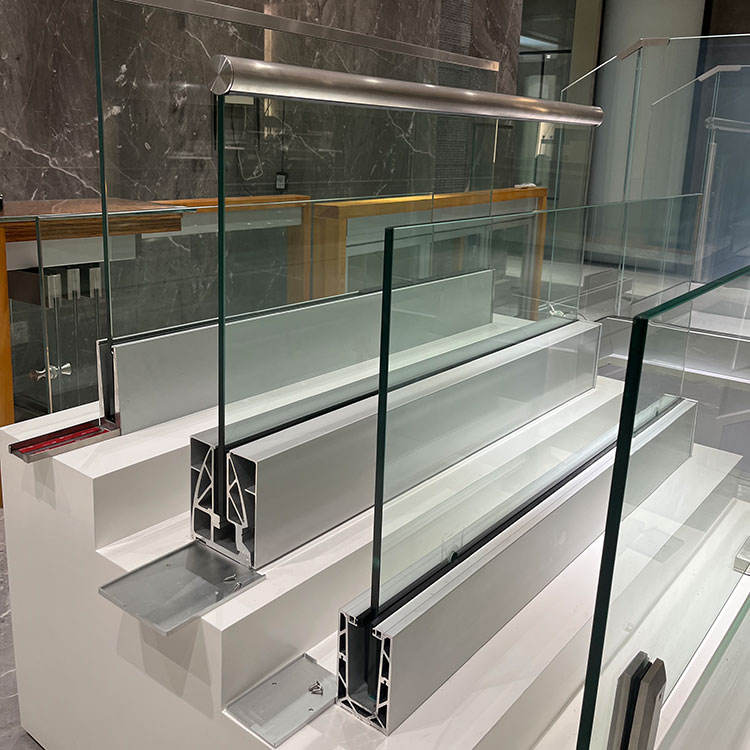
 Folding partition glass door is not only fashionable and beautiful, but also saves space for you
Folding partition glass door is not only fashionable and beautiful, but also saves space for you 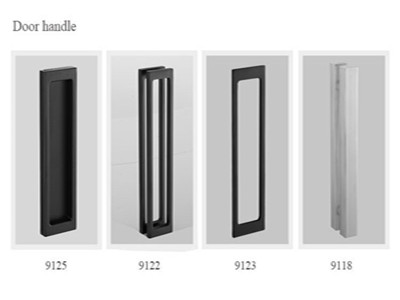
 Oct 11,2022
Oct 11,2022 









